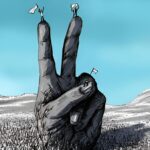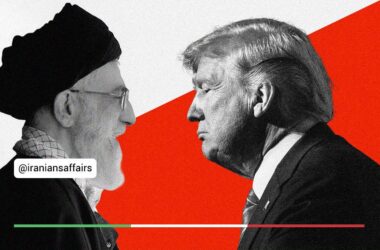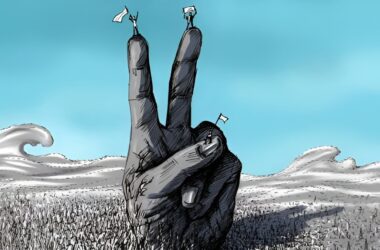Over the past year, the Islamic Republic has pushed Iran several steps further towards decay and degradation. The dire situation of the country in various fields, including employment, environment, health, education, and corruption, is the dark record of the Islamic Republic. What is clear is that the people of Iran are not facing a normal “government” but are trapped by an “anti-Iranian cartel” that consumes the national wealth of Iranians by creating a corrupt bureaucratic structure for its own interests. While the Islamic Republic has turned Iran into one of the most corrupt countries in the world, the relentless fight against this devastating scourge is more essential than daily bread to save Iran, as the continuation of the current trend will inflict irreparable damage on the body of this land.
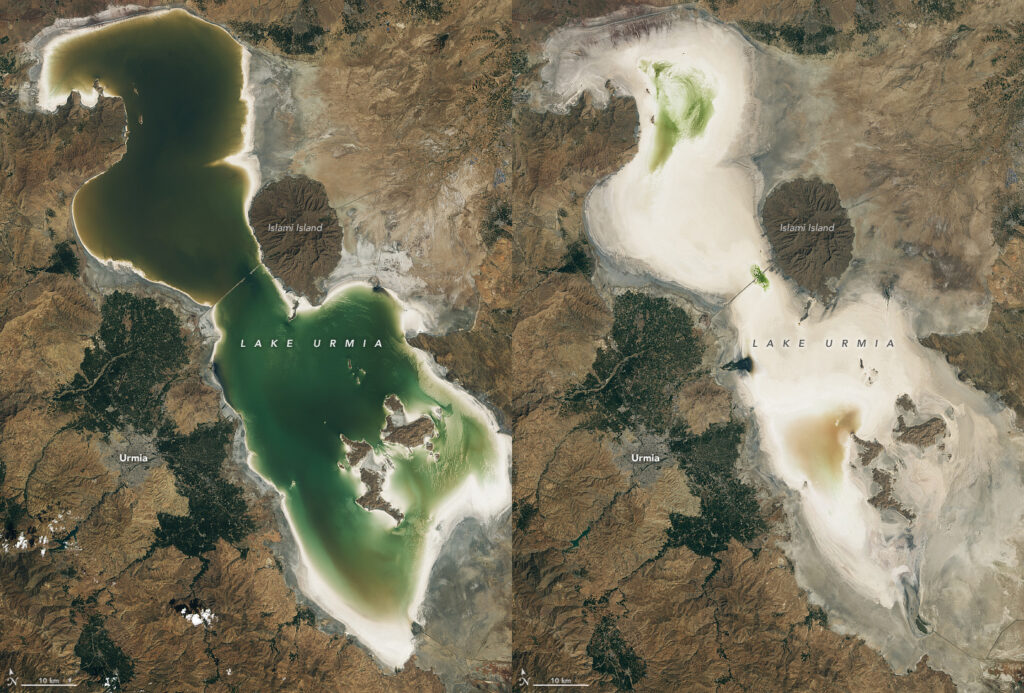
The environmental situation in Iran is suffocating. Air pollution, water scarcity, drought, desertification, waste accumulation, dust and particulate matter, deforestation, and the destruction of wildlife habitats are damages that the Islamic Republic’s mafia, with its indifference to the fate of Iran and Iranians, has imposed on us. 49 percent of the Iranian nation is exposed to land subsidence. The greatest risk of subsidence is in Tehran, Khorasan Razavi, and Isfahan. The water crisis has plunged Iran into a terrible abyss; the global rate of groundwater withdrawal is 60 percent, while in Iran, it has been reported at 90 percent. The country’s aquifer deficit was about 143 billion cubic meters last year. Out of 609 aquifer study areas, 410 have entered a prohibited and critically prohibited status. The Islamic Republic is implementing a scorched earth policy for our land and will mark a painful future for us.

While the national income of Iran is spent on the Islamic Republic’s proxy wars, nearly 70 percent of the Iranian nation is either below the poverty line or on the verge of falling into it. One-third of Iranians are currently living in extreme poverty, a figure that has doubled compared to two years ago. The minimum monthly income required to stay above the poverty line in Tehran for a family of four is $500, which has increased by 50 percent compared to last year. Moreover, over the past year, inflation has increased to 55 percent, and the value of the national currency has decreased by 50 percent.
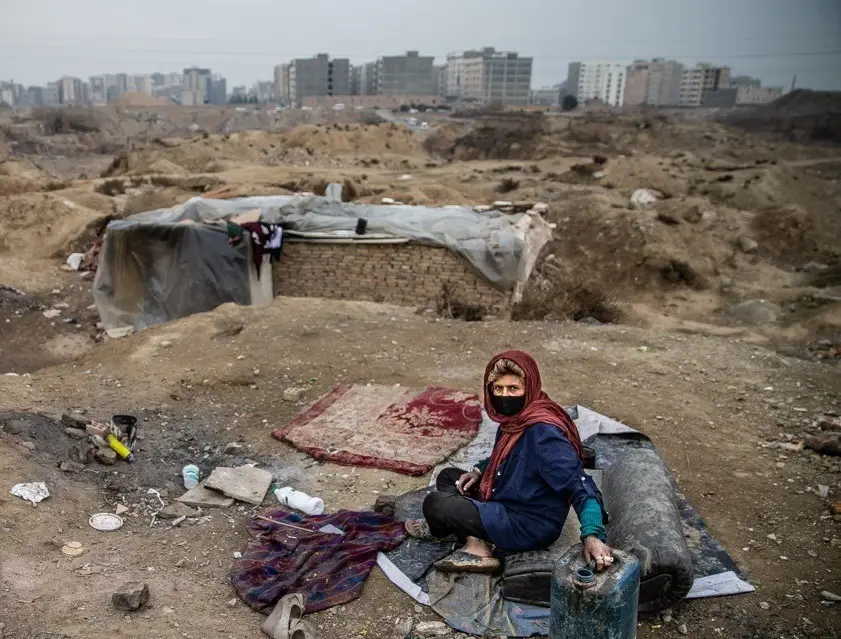
The economic chaos of the Islamic Republic has had a profound impact on both the quantity and quality of employment. According to the Islamic Republic’s statistics on employment—which, according to the Islamic Majlis of this regime, practically speak a very negligible part of the reality—the number of employed individuals in Iran decreased by more than half a million from fall 2023 to winter 2024, and the unemployment rate increased by one percentage point to 6.8 percent. In calculating the unemployment rate, the Islamic Republic only considers individuals actively seeking employment as unemployed and does not take into account those who have lost hope of finding a job.
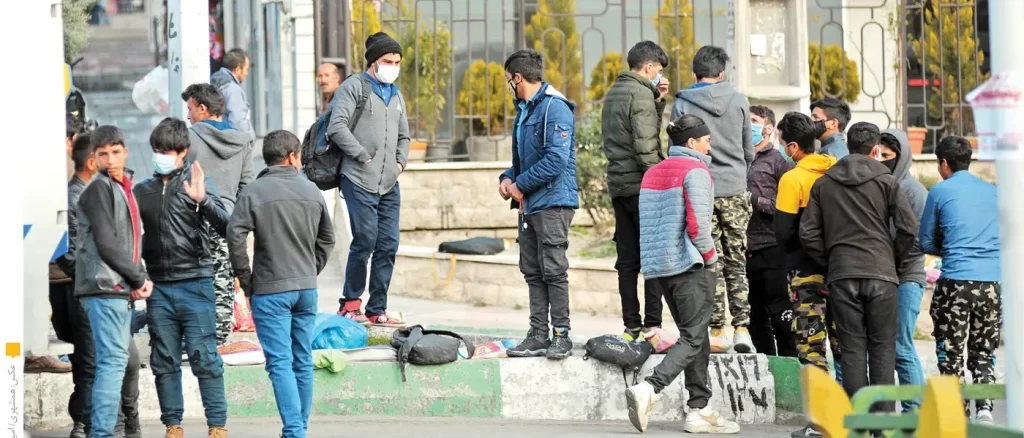
The health sector in the country is also in a critical state. The Assembly of Scientific Medical Associations, in a statement in March 2024, referred to the “disintegration of the health system” and expressed serious concerns about the future. According to this assembly, medical services, public health, and the medical profession heavily depend on equipment, currency, and investment. Economic problems, poverty, and inflation growth are causing challenges and disintegration in the health system, which in the not-too-distant future, will confront many public and private centers with irreparable problems. The mass migration of the medical community’s human resources, with more than 2,700 nurses and 10,000 doctors leaving the country annually, is one of the Islamic Republic’s plagues for the future of the country’s health system.
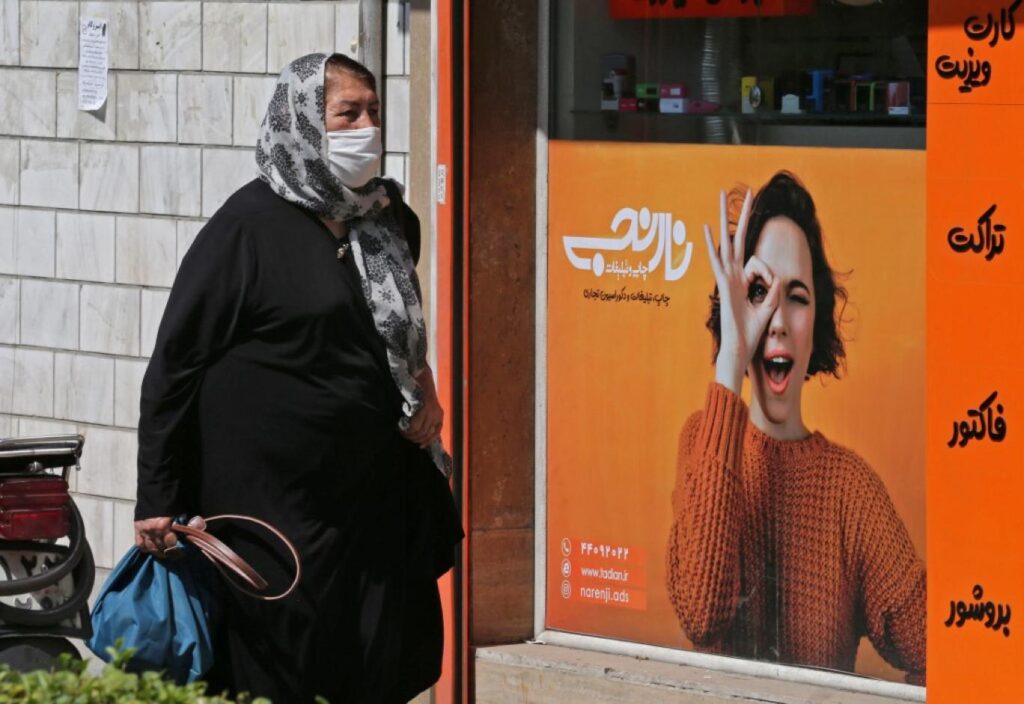
The nutritional health of the population has also been damaged. The average calorie intake has significantly decreased from 2,700 kilocalories in 2011 to less than 2,200 kilocalories. Each person in the age group of 18 to 29 years needs 2,700 kilocalories daily to maintain physical and mental vitality, and those in the age group of 30 to 60 years need 2,550 kilocalories daily. This situation is the result of a minimum 68 percent jump in the price of food items after the subsidy for the import of basic goods was lifted in April 2022, and it continues to this day. Even in some provinces, food inflation has exceeded 70 percent, indicating Iran’s critical situation.

In the field of education as well, the Islamic Republic has faced Iran with major challenges, including a shortage of teachers with a current deficit of about 60,000 teachers on one hand, and on the other hand, the widespread injection of clerics into schools. This shortage is particularly evident in the southeast and in Sistan and Baluchestan province, where 30 percent of students are unable to attend school due to a lack of educational facilities. The increasing rate of students dropping out, even from primary school, and the distressing decline in the average grades of students across all provinces, which range between 7 and 12, lay the groundwork for a future human resources crisis in Iran.

“The Think Tank of Iranian Affairs” considers the prerequisite for establishing a modern state in Iran to be overcoming the seven-headed mafia of the Islamic Republic. In this context, we hope that think tanks and political forces will focus more than ever on what is called “the issue of regime change” in the new year and stay away from false alternative creators and their endless disputes.

